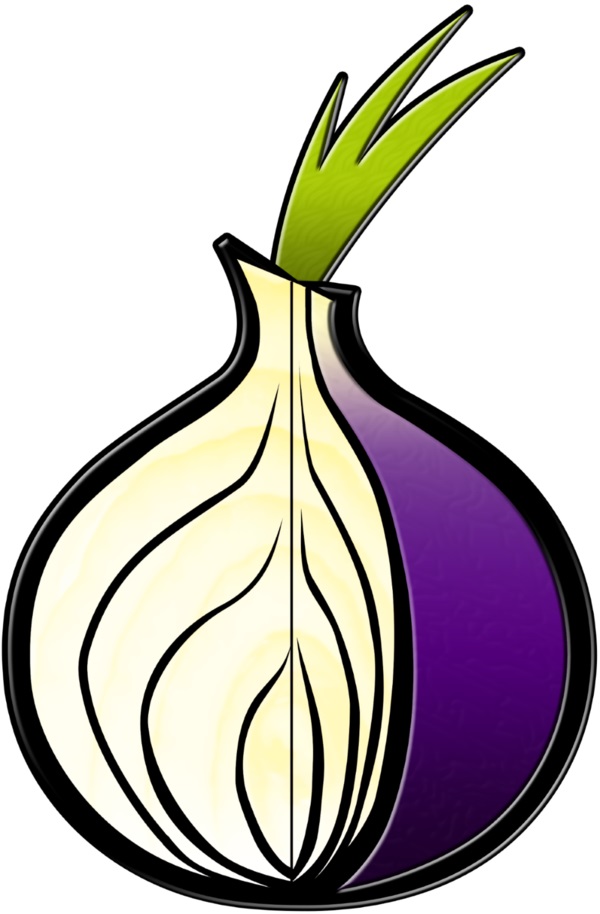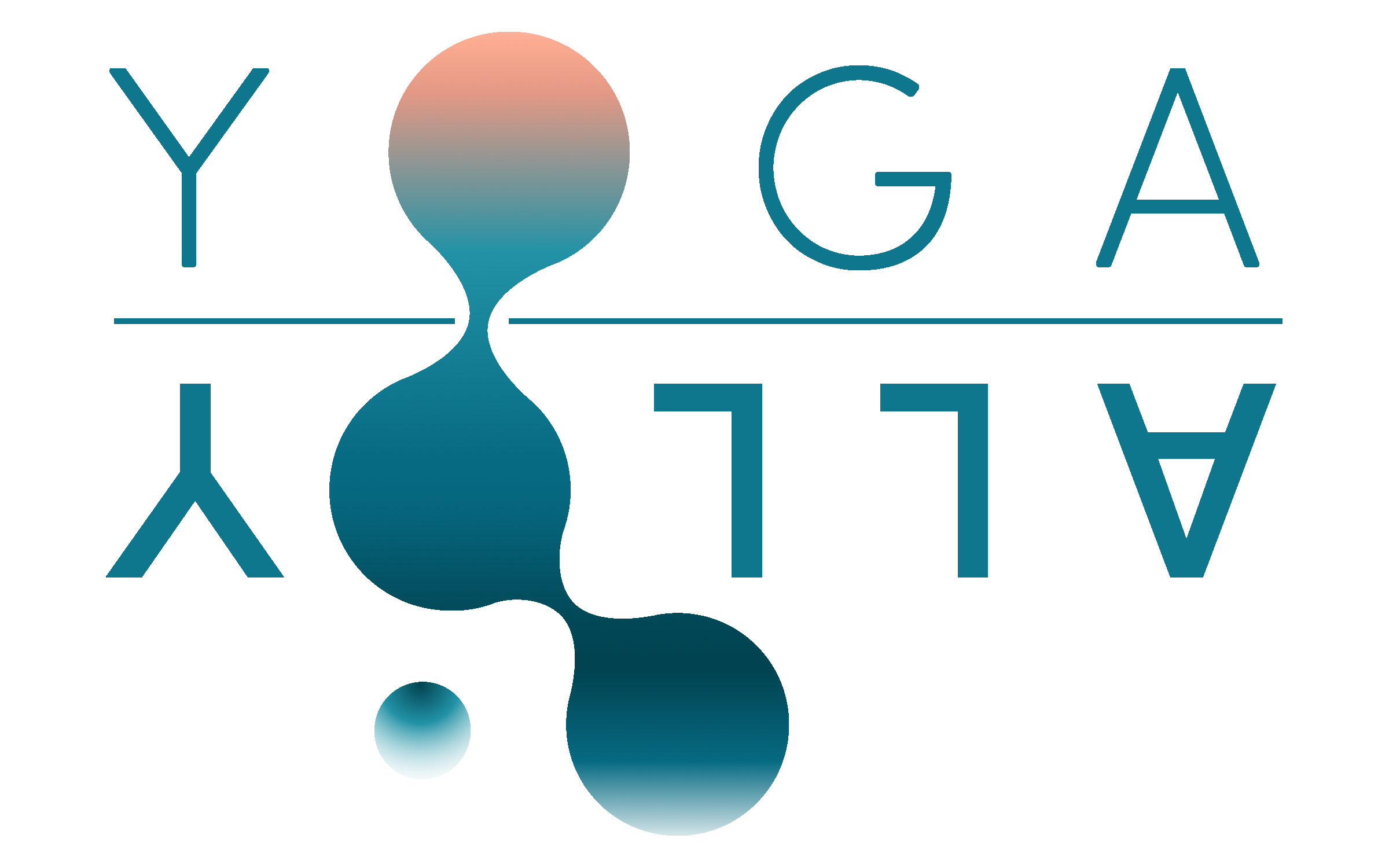Koshas and Chakras
Chakras and Koshas are two very widely used terms in the popular yoga world. Everybody is talking and writing about them. Yet the information we find online is usually confusing or non-practical. Let me clarify some aspects of Chakras and Koshas and explain how they relate to each other.
As I have mentioned in a previous article titled ‘ Where is consciousness`, yoga does not limit the location of consciousness to the physical mind.
Here is the link to the mentioned article, in case you are interested: https://yogaalloy.com/where-is-consciousness/
In yoga, there are layers like the body, mind, energy, etc. All these layers lay over each other like sheats. Contrary to the yogic approach, the western mind likes to isolate and localize things. It is easier for the rational mind to grasp things when it is detached from the whole. In line with the western approach we like to think that thought happens in the brain, sensation happens in the related sense organs, and we experience the world of objects as it is. We like to think that our mental state does not interfere with our perception of the world and others.
The yogic approach does not agree with that. Eastern thought likes to examine things in terms of their connection to the whole. In Eastern energy anatomy, experiences are not localized or isolated from our mental states. Yes, there are zones of saturation of certain experiences but the zones are never separated from the rest of our being. Whatever we think or sense is unexceptionally influenced by both our mental state and the outer world.
As a result of this line of understanding of being human, yogic energy anatomy offers us a layered structure. We have 5 layers or sheats called Koshas. At the core of our being, we have the purest, most subtle form of our soul. It is covered by 4 other sheats, each more coarse than the previous one. The last Kosha is our physical body.

Now you are probably thinking what are the 3 Koshas in between those two. Here are the 5 Koshas:

1. Anadamaya Kosha
Anadamaya Kosha is the bliss body. It is the purest form of our being where there is only union and bliss. Where there is no separation or pain. Anandamaya Kosha is in touch with universal knowledge through its key understanding: all is one.
2. Vijnanamaya Kosha
Vijnanamaya Kosha is known as the wisdom sheath. Like Anadamaya Kosha, this one is also a quite subtle sheat. The more subtle the Kosha the harder it is to access. The source of wisdom of Vijnanamaya Kosha is the knowledge that one’s being is not limited to human existence.
3. Manomaya Kosha
Manomaya Kosha is the mental sheath. Resist imagining the rational thinking mind for this Kosha.
The mental aspect of the Manomaya Kosha refers to the mind that is able to operate beyond the limits of time and space, in other words beyond the limits of the objective world. As you might have guessed this is also a very subtle sheath. Accessing this one requires the yogin to master pranic awareness.
4. Pranamaya Kosha
Pranamaya Kosha refers to the sheath just before the physical body. It is known as the energy sheath. It is our gateway from physical awareness to transcendental awareness. This is why there is so much emphasis on Pranayama in yogic practices. We can have basic access to Pranamaya Kosha simply through Pranayama. A more masterful connection to this Kosha requires dedicated yogic practices. Yet the path is within our reach through Pranamaya Kosha.
5. Annamaya Kosha
Annamaya Kosha is our Physical Sheath. It is related to our physical existence. The coarsest sheath. Yet it is in contact with Pranamaya Kosha and Pranamaya Kosha is in contact with the next subtle one. This means that every vibration in any of the Koshas will have an impression on all the others. This is why we work with the body through asanas in our yogic practices. The body is the most accessible, most denser of all the Koshas.
What about the chakras?
Chakras are the energy centers. They are saturated with energy and has the power of directing the energy. In a way, you may think of them as the command center of your life. These energy centers are quite important because they vibrate through all the Koshas.
Let’s clarify the concepts of opening and balancing chakras. The chakras of the Anadamaya and Pranamaya Kosha are open. Simply because you are alive. As long as you are a living breathing organism you have to have energy flow in your two Denser Koshas.
The case is different for the more subtle Koshas. The concept of awakening or opening chakras makes sense in terms of Manomaya, Vijnanamaya, and Anadamaya Koshas. As I have mentioned above accessing these Koshas requires consciously altered states of mind. Accessing Koshas means being able to focus awareness on those subtle sheaths. Wherever our awareness goes our energy follows. If we are not even aware of our subtle Koshas then we never direct our energy to there and the Chakras are not awakened.
Where does the asana practice come in?
The Asana practice can help us balance the chakras on the Anadamaya and Pranamaya Kosha levels. However, the subtle layers need the stillness of the mind and body. Asanas can not awaken your Chakras on the subtler Kosha levels.
At this point, we need to acknowledge that in order to access subtle Koshas you need balanced chakras on the denser Koshas. Hence the asana practices are still relevant even if you are a yogi working on more transcendental aspects of the mind.
Hope you have found this article beneficial.
Embrace the sacred within.
Yoga Alloy

